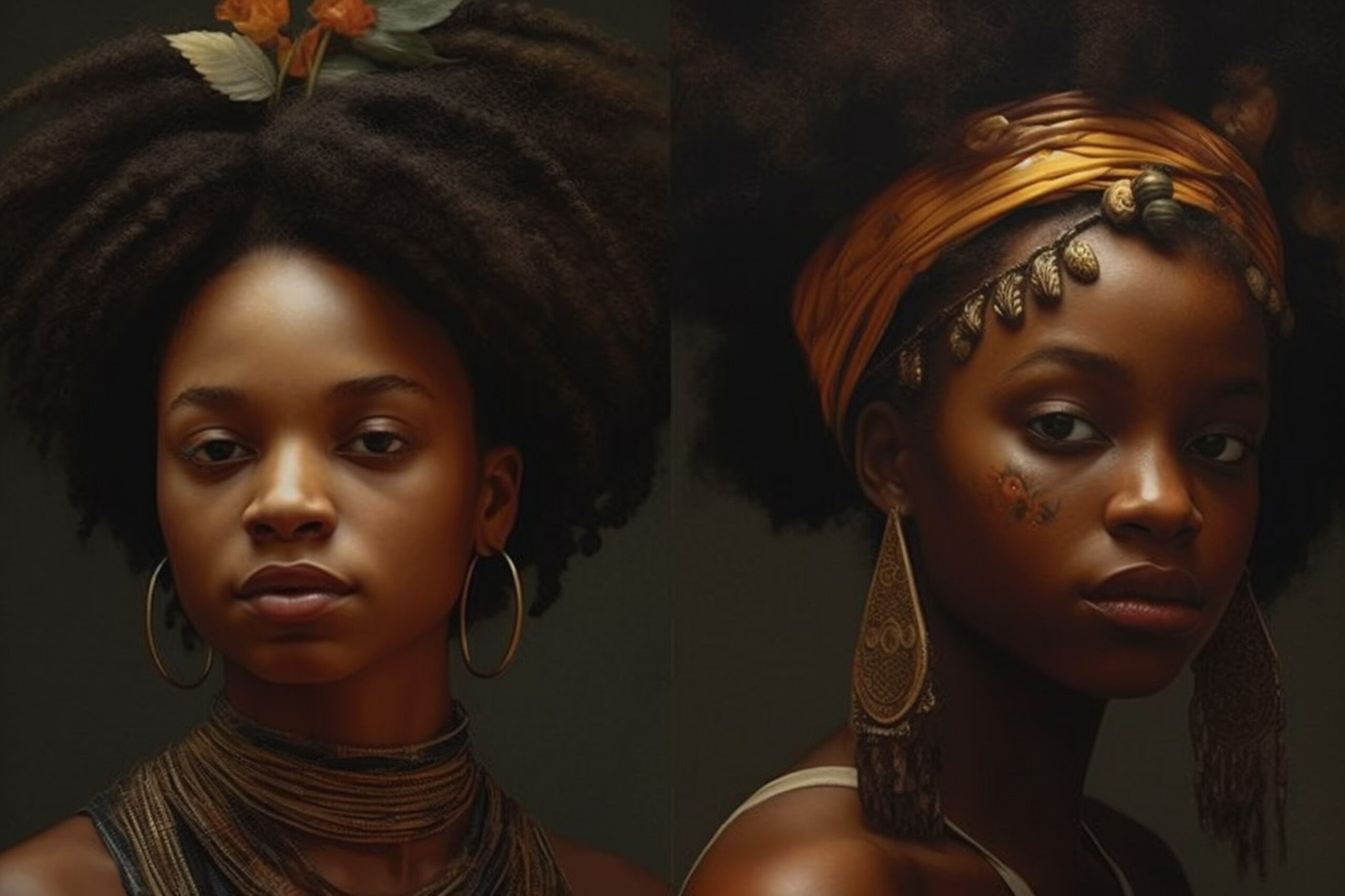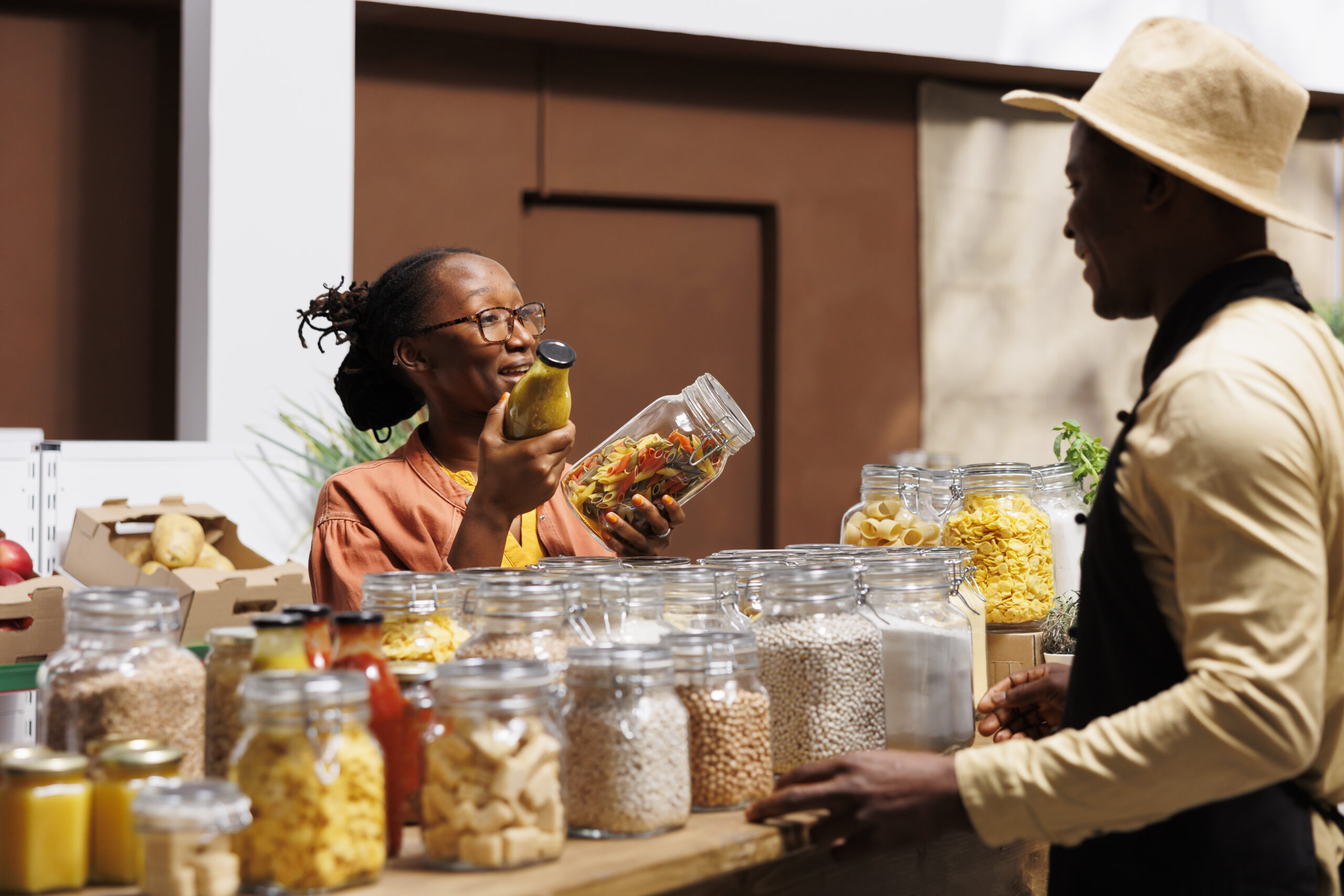Your cart is currently empty!
From Tradition to Trend: African Hairstyles You Can Rock Anywhere

African hairstyles are known for their intricate designs, cultural significance, and undeniable beauty. For centuries, these styles have served as symbols of identity, social status, and heritage within African communities. Now, many of these traditional hairstyles have transcended borders, becoming popular around the world as expressions of personal style and cultural pride.
African hairstyles you should explore
In this post, we’ll explore some of the most iconic African hairstyles, their cultural backgrounds, and how you can rock these timeless looks with confidence and flair.
1. Braids: The timeless classic
Braids are perhaps the most universally known African hairstyle, with roots tracing back thousands of years to ancient Egypt and other African cultures. Braids can represent everything from age and marital status to religion and wealth in certain societies. Today, braids are celebrated worldwide for their beauty, versatility, and low-maintenance appeal.
Types of braids and how to style them:

- Box braids: Popularized in the 90s by icons like Janet Jackson, box braids involve sectioning the hair into “boxes” and braiding each section. This look can be as thick or thin as you prefer and can be styled in countless ways—from a high ponytail to half-up buns.
- How to Rock It: Make sure to moisturize your scalp regularly when wearing box braids, as they can dry out your hair. To make your braids pop, experiment with colored extensions or accessories like beads and cuffs.
- Cornrows: This ancient African style involves braiding the hair very close to the scalp, creating intricate rows and patterns. Cornrows can be done in straight rows, intricate patterns, or even braided into other styles like ponytails or buns.
- How to Rock It: Cornrows are a sleek, low-maintenance option for all hair types. Try adding color to a few rows or incorporating hair rings for an edgy touch. They’re also a great protective style, helping to keep your natural hair healthy and strong.
- Fulani braids: Named after the Fulani people of West Africa, this braid style is characterized by a center braid or part, with braids framing the face, often adorned with beads and cowrie shells.
- How to Rock It: Fulani braids are ideal if you love a bohemian vibe. To achieve the authentic look, add accessories like silver beads or shells. The braids themselves can vary in size, so go with what feels comfortable for you.
2. Afro: Embracing your natural crown
The Afro, an iconic hairstyle with roots in the 1960s Black Power movement, symbolizes pride, self-love, and a celebration of natural hair textures. However, the Afro’s origins go much further back—it’s a traditional style worn by various African tribes as a symbol of status and beauty.
Tips for rocking the afro:
- Maintain Your Shape: Keeping an Afro looking full and symmetrical often requires regular shaping or trimming. Invest in a good pick comb to fluff up your ‘fro and add volume where needed.
- Moisturize: Natural hair can be prone to dryness, so moisturize regularly with leave-in conditioners and natural oils like jojoba or argan oil to keep it soft and healthy.
- Go Bold with Colors: If you’re feeling adventurous, consider adding color to your Afro. A bold shade like red or deep purple can make a statement, while a subtle ombré can add dimension without overwhelming the natural beauty of the style.
3. Bantu knots: A beautiful, bold statement
Bantu knots are more than just a hairstyle—they are a statement. Originating from the Zulu people in Southern Africa, this hairstyle involves sectioning the hair, twisting each section, and wrapping it into a small knot against the scalp. Bantu knots offer a unique look when worn out and give beautiful curls when unraveled.

How to achieve the bantu knot look:
- Prep your hair: Start with clean, damp hair, and section it off evenly. Use a twisting cream or gel for extra hold, especially if you plan to leave the knots in for a few days.
- Secure each knot: Twist each section tightly and wrap it around itself to create a knot. Use small elastic bands if needed to hold the knots in place.
- Two Styles in One: Bantu knots allow you to switch things up. Wear them as knots for a few days and then unravel them for beautiful, voluminous curls. It’s the perfect two-in-one style!
4. Locs: Embracing history with modern flair
Locs, or dreadlocks, are one of the most iconic African hairstyles, with cultural ties to various African communities and spiritual practices. Traditionally, locs have been worn by the Maasai warriors of Kenya, the Himba people of Namibia, and Rastafarians in Jamaica, symbolizing spirituality, strength, and community.

Styling tips for locs:
- Choose your style: Locs can be as thin or as thick as you like, with different maintenance levels for each. Thinner locs (or sisterlocks) offer more styling flexibility, while thicker locs have a striking, bold appearance.
- Keep them moisturized: Like most natural hairstyles, locs can become dry without proper care. Use lightweight oils to keep them moisturized, and avoid heavy products that may cause build-up.
- Experiment with updos: Locs are versatile and can be styled into high buns, ponytails, or intricate updos for formal occasions. For a more creative look, try loc jewelry or colored wraps to add a touch of personality.
5. Twists: Simple yet elegant
Twists are a staple in African hairstyling, offering a versatile look that’s perfect for protective styling. Twists can range from chunky to thin, and they’re easy to install, making them ideal for anyone who wants a quick, stylish look with minimal maintenance.
How to rock twists:
- Two-strand twists: This style is achieved by sectioning the hair and twisting two strands together. You can do this with your natural hair or add extensions for length and volume.
- Senegalese twists: Known for their rope-like appearance, Senegalese twists use synthetic hair for a sleek, smooth finish. They’re durable and long-lasting, perfect for someone looking for a protective style that also has a glam appeal.
- Style options: Twists can be worn loose, in a high bun, or half-up for a casual yet sophisticated look. They’re also easy to accessorize with hair cuffs, beads, or colored wraps.
6. TWA (Teeny Weeny Afro): A fresh start
The TWA, or Teeny Weeny Afro, is a short, cropped natural style that many choose after a big chop—a decision often made to embrace one’s natural hair texture fully. While it may be short, this style is undeniably powerful and has become popular in the natural hair movement.
Tips for rocking a TWA:
- Define Your Curls: Use a curl cream or gel to define the curls in your TWA for a more textured look.
- Accessorize: Since the TWA is short, you can play up the look with accessories. Try bold earrings, headbands, or scarves to add a little extra flair.
- Low Maintenance, High Impact: One of the best parts of a TWA is its low-maintenance appeal. It’s easy to wash, style, and go, making it perfect for anyone looking for a no-fuss yet stylish hairstyle.
7. Headwraps: A cultural staple with modern appeal
Although not a hairstyle per se, headwraps are an integral part of African culture and have become increasingly popular worldwide. They’re a versatile option, great for both bad hair days and as a style statement. Headwraps can be tied in various ways, from simple wraps to elaborate head-ties that turn heads.

Tips for styling a headwrap:
- Choose the Right Fabric: African headwraps often come in Ankara or Kente cloth, which have vibrant colors and patterns. Choose a fabric that complements your outfit or makes a statement on its own.
- Experiment with Styles: There are countless ways to tie a headwrap, from the classic turban style to a high bun or side knot. Try different styles to see what works best for you.
- Add Accessories: Pair your headwrap with bold earrings or a statement necklace to complete the look. Headwraps are a great way to showcase your personal style while also celebrating African heritage.
Conclusion: Embracing African hairstyles as global style icons
African hairstyles are more than just trends—they’re powerful symbols of culture, history, and identity. From intricate braids to bold Afros, these hairstyles allow you to express yourself while honoring a rich heritage. As these styles continue to gain popularity worldwide, they serve as a reminder of the beauty and resilience of African culture.
Whether you’re rocking locs, braids, twists, or a chic headwrap, remember that these styles come with a legacy worth celebrating. Embrace the beauty of African hairstyles, and wear them with pride—no matter where you are in the world. After all, each style tells a story, and now it’s part of yours too.
Share:
Sign up to our newsletter
Receive our latest updates about our products & promotions
Related Articles
From Tradition to Trend: African Hairstyles You Can Rock Anywhere
African hairstyles are known for their intricate designs, cultural significance, and undeniable beauty. For centuries, these…
Gift Ideas for Every Occasion: Authentic African Products for Your Loved Ones
Gift-giving can be both a joy and a challenge. Whether it’s a birthday, anniversary, holiday, or…
Sustainable Shopping: The Impact of Supporting African Artisans and Businesses
In today’s world, sustainability is more than just a buzzword; it’s a conscious lifestyle choice. From…



 Subscribe
Subscribe







Leave a Reply